Up in the Air
4 years ago by
Have you ever thought about learning to fly? Well, if you’ve ever had even the slightest itch, this post is for you. Deborah Moss had that itch and decided to pursue it, encountering all the emotional highs and lows of learning to fly along the way. Read on to hear her story!
Why did you want to learn to fly?
I was approaching my 50th birthday after an ass-kicking decade–my forties were filled with more death and loss than I’d had in the rest of my life combined. On top of that, I was getting mixed messages about what to expect for my 50s (e.g., some people warned that women became invisible, others said menopause was unbearable, etc.), so I was like, “Uh uh. No way. I need my fifties to ROCK!”
So I started nurturing some old dreams. I’d always wanted to fly. It just never felt like the right time. But as Brené Brown says, “Midlife is when the universe gently places her hands upon your shoulders, pulls you close, and whispers in your ear: I’m not screwing around.”
A month before my 50th birthday, I gifted myself flying lessons and relocated from New York City to a small town in upstate New York to be near a single-runway airstrip where I flew twice a day, weather permitting. I continued my advertising work as a writer and creative director, but I’d been craving a more personal project, so I began writing a book about learning how to fly.
Can you describe the typical planes you fly?
I started in a 1969 Cessna 150 called Miranda in August 2019. A gorgeous mustard yellow two-seater with a white tummy. She had an original steam gauge instrument panel and houndstooth seats that reminded me of a suit my mother wore in the 60s. She was created in 1969, like me, so I felt like we were destined for each other.
Now, I fly slightly bigger Cessna 172s (as seen in photos). These airplanes have 4 seats, so I’m training in a plane that will allow me to carry passengers one day.
All the planes I fly are tiny and older. When I pull them out of the hanger—yes, you manually pull the planes out—it reminds me of readying a horse to ride. Like the horse, you become intimate with your plane. You run your hands along the wings to check for changes, you look and listen for anything unusual.
Pilots do this type of pre-check on any small plane before flying, and I find it quite meditative to rely on my senses in the digital age.


What is the process of learning to fly?
It’s been a challenging process. You need to get a medical certificate and pass three tests to get your private pilot license, which is my goal. The first is a written test with questions about everything from weight and balance (math) to weather (science) to emergency decision-making (psychology) to carburetor heat (mechanics). I passed my written test in 2019 after months of study.
Along with the written test, you fly with an instructor and need a minimum of 40 hours, but most people need more hours. I have just over 40 hours.
Though many people erroneously think you need a certain number of hours, you actually need skills. You fly until you have the knowledge and abilities to pass the next two exams: orals and a check ride, in which you fly with an examiner and demonstrate that you can perform maneuvers such as takeoffs and landings, turns on a point, steep turns, emergency procedures and many other things you’ve been practicing.
There’s a slim margin for error on the check ride, so you really have to be ready. I’ll do my check ride later this year if the aviation gods allow it.
What is the emotional process of learning to fly?
One of my instructors, Ed, once told me that if you really want to blow your world wide open, learn how to fly. Emotionally, it’s all the things—satisfying, terrifying, joyful, disappointing, anxiety provoking, confidence-building, and confidence-busting.
I’d always loved flying in big or small planes and was never scared, so I figured it would be fun to be the pilot in command (the person flying the plane), but when we started, it was scary. For the first few weeks, whenever we hit little thermals that caused the plane to bounce, I reflexively screamed in the headset. Though I had an experienced co-pilot a few inches away, it felt like I was always one mistake from killing us both.
A big part of flying involves staying calm, regardless of what you experience in the plane. An amazing practice for life, but easier said than done. One hot August day when I was practicing right turns, I let the nose drop and we descended in a steep spiral for maybe 150 feet. I was absolutely convinced we were going to crash. My instructor righted the plane back to a straight-and-level flying position. We were fine. But after that dive, I was so rattled I needed to go home.
Pointing the plane towards the runway to descend for landings can still be scary for me. But I now have more good than bad days, and when I fly well, I feel like a queen. I’ve learned so much and that’s been a good reminder of my capacity to grow, change and evolve even when it’s super scary.


What do you want to do with your license?
It’s a big world, and little planes can take you to some pretty special places. I’d love to fly to Corcovado National Park in Costa Rica, land on their tiny grass airstrip and go looking for pumas with a guide. Or do a trip across the USA, stopping at all the weird little airports along the way. Aviation is full of a wonderful assortment of eccentrics so a trip to any small airport guarantees colorful characters with incredible stories.
And once I have my license I want to buy a vintage plane I can use to go visit friends for lunch or a weekend. But first, I need to perfect my landings. And pass that check ride.
Are there a lot of female pilots? If not, do you see this changing? Or are their roadblocks causing it to be a male-dominated hobby?
There are frighteningly few female pilots; around 8% of all U.S. pilots are women, according to the FAA’s Aeronautical Center (December 2020). Learning to fly is challenging, expensive and time-consuming. Women statistically have less discretionary income and, anecdotally, my female friends are less likely to spend money (or time) on big-ticket expenses for themselves (as compared to my male friends).
With such a low percentage of female pilots, there aren’t a ton of women to look to for inspiration. I’m fortunate to have started my studies with a badass 30-year-old named Kate, who’s been flying since she was 15. She’s flown close to 10,000 hours, is a certified flight instructor, aviation mechanic and inspector—she can take a plane apart and put it back together again. And she owns her own company, Fly With Kate.
But even Kate has stories about being mistaken for a passenger when flying with male students or times when a guy, with maybe 8 hours of experience, tries to explain something about the size of an engine that she installed in her own plane.
So if I look at the pace of change for the past 20 years, sadly, I don’t think we can expect any significant shifts in gender parity unless there’s a well-strategized program to get more women into flying.



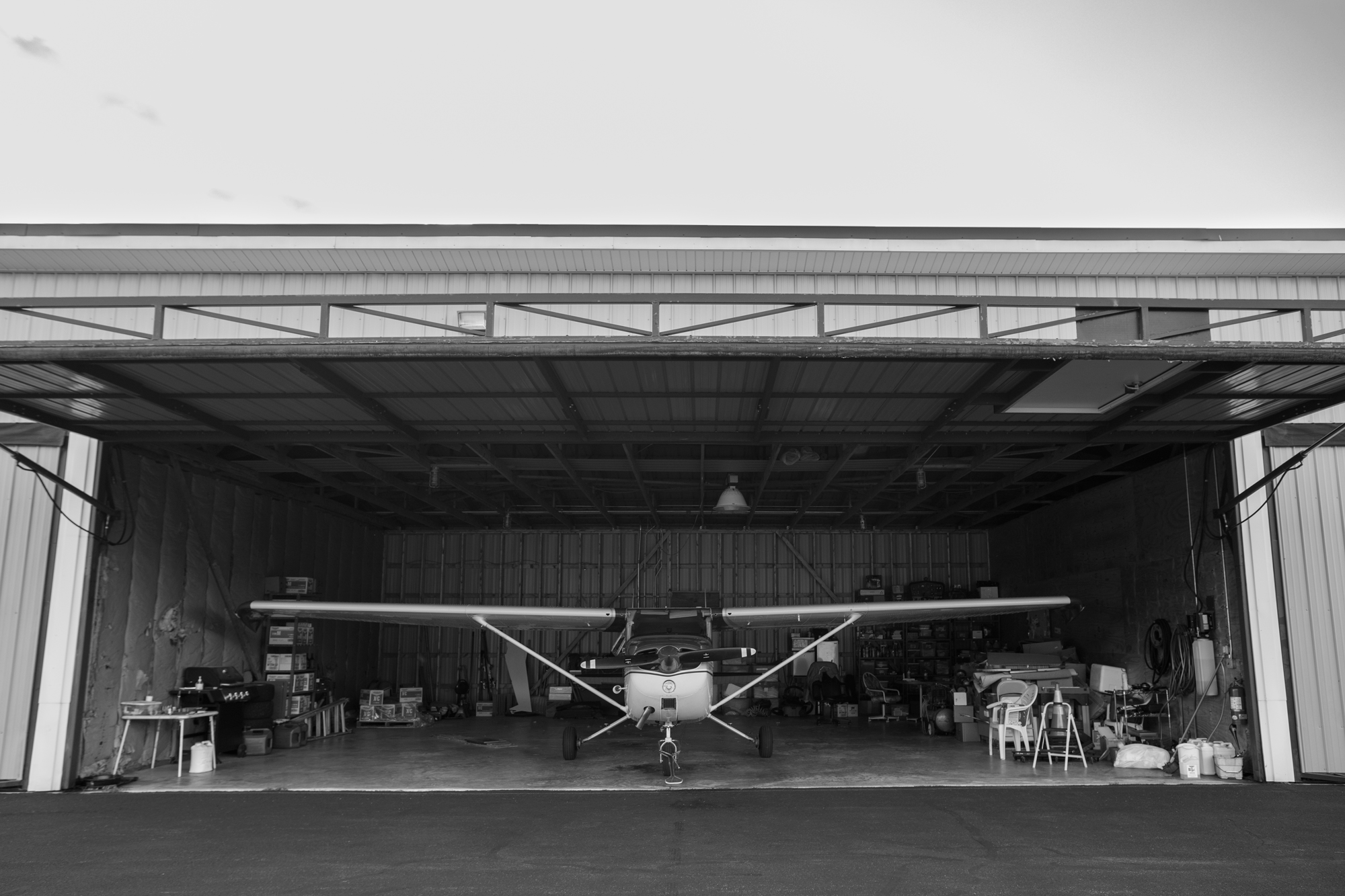
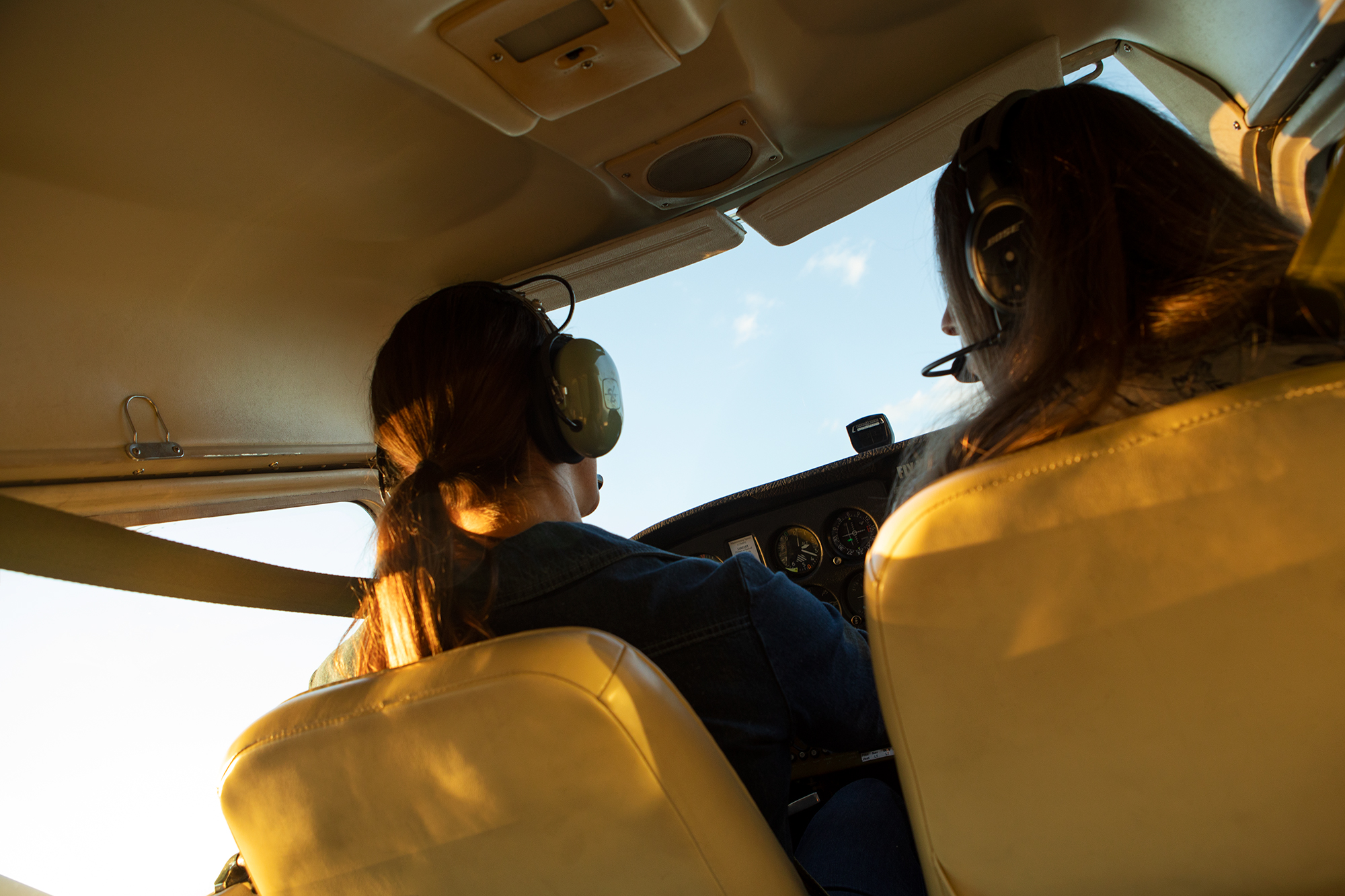
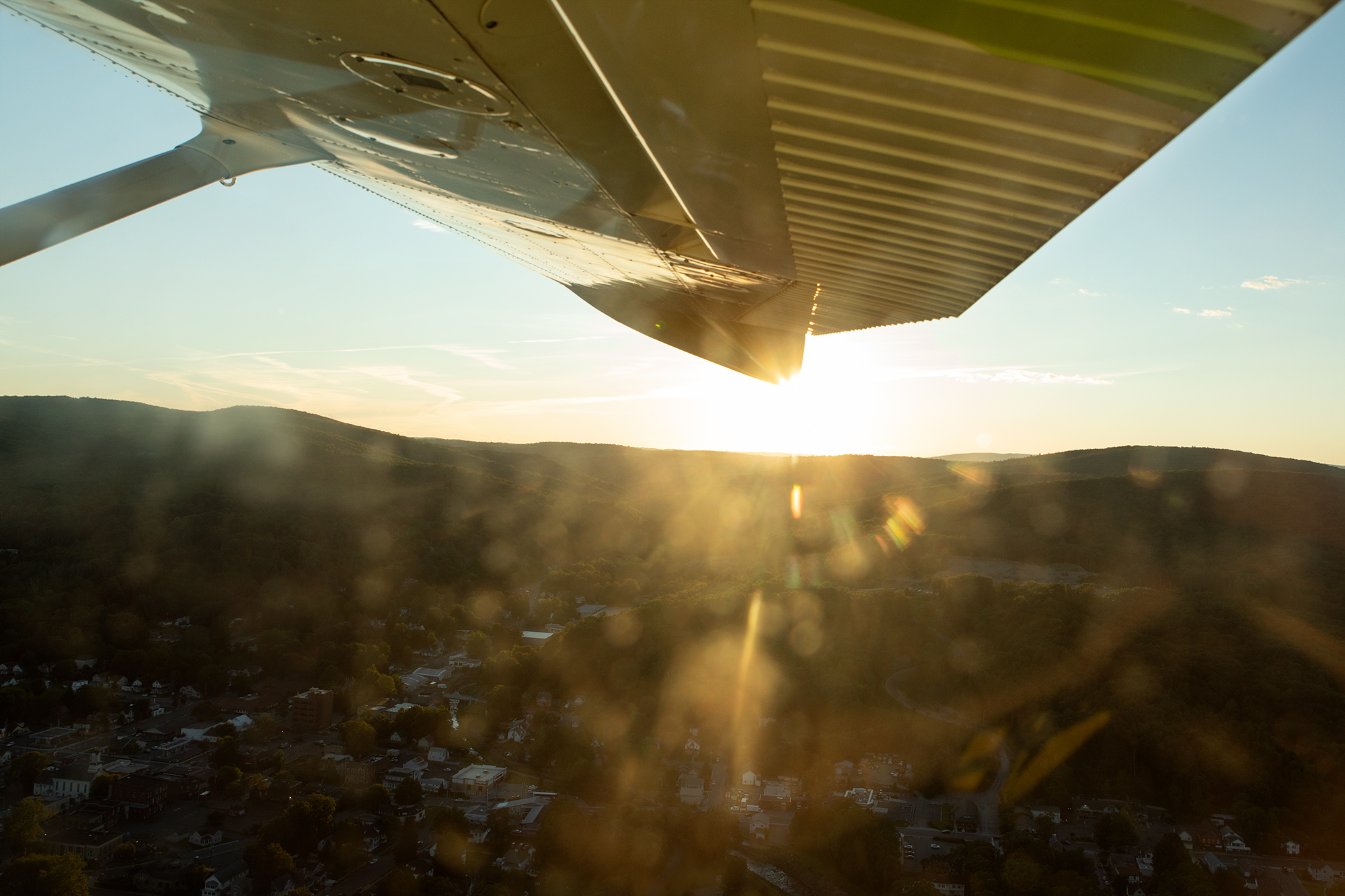











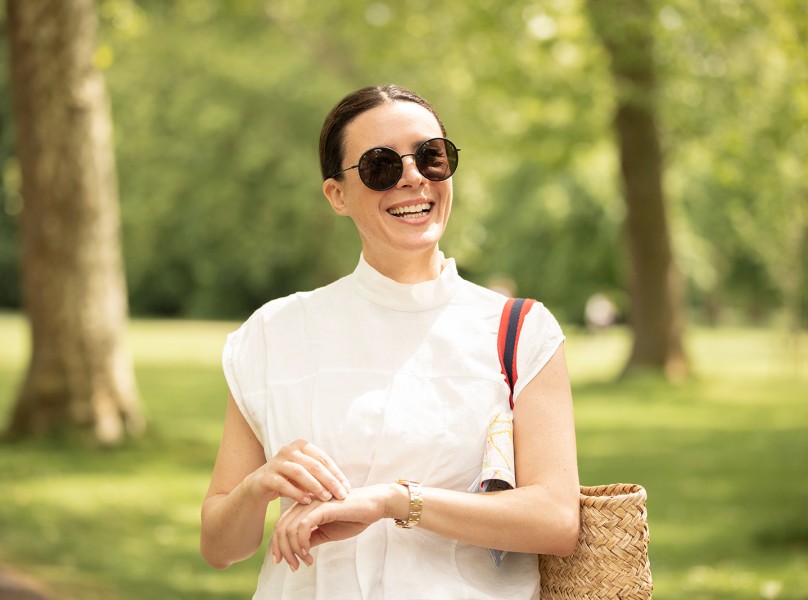

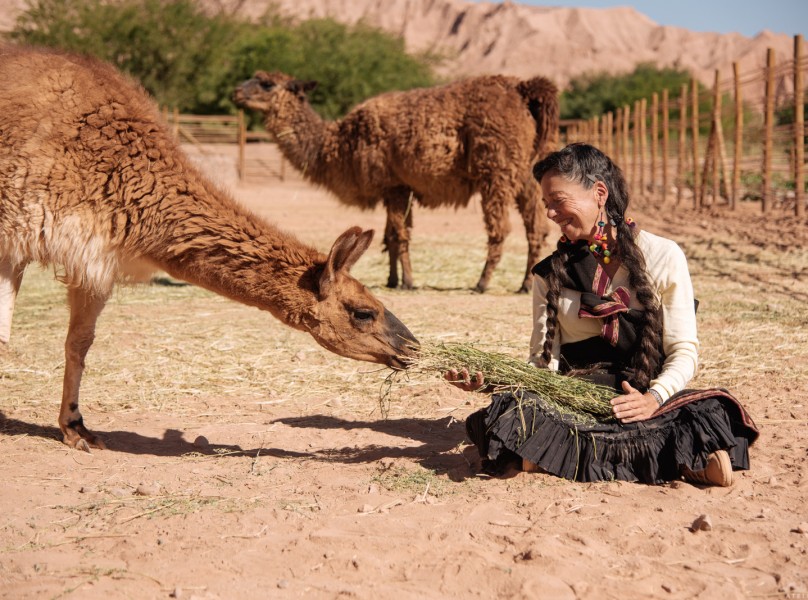

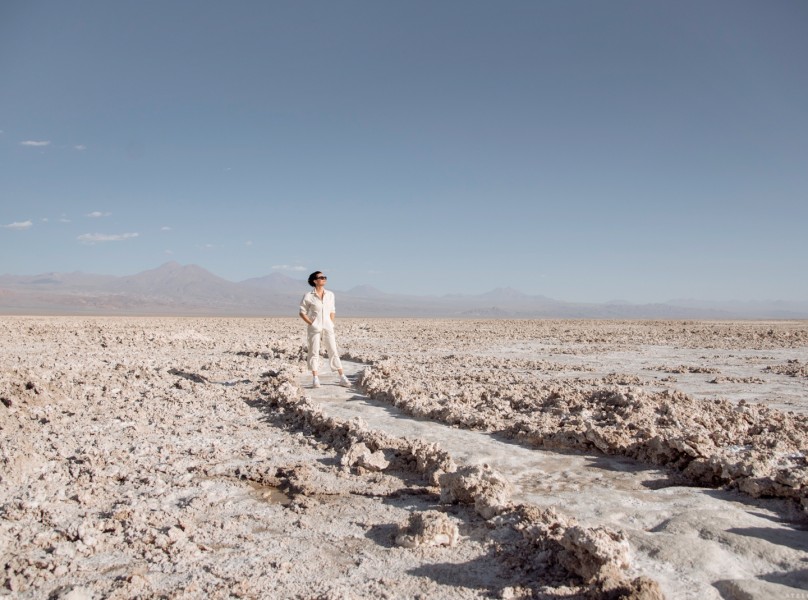








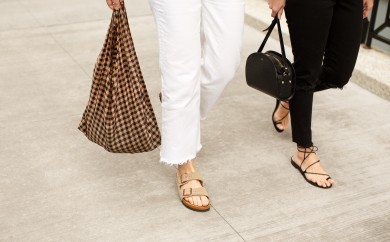
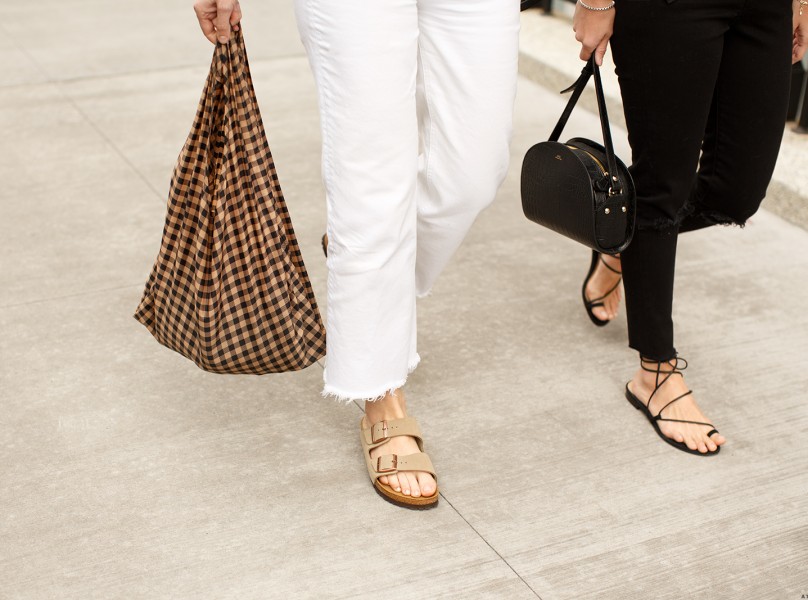
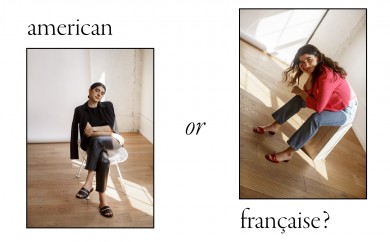
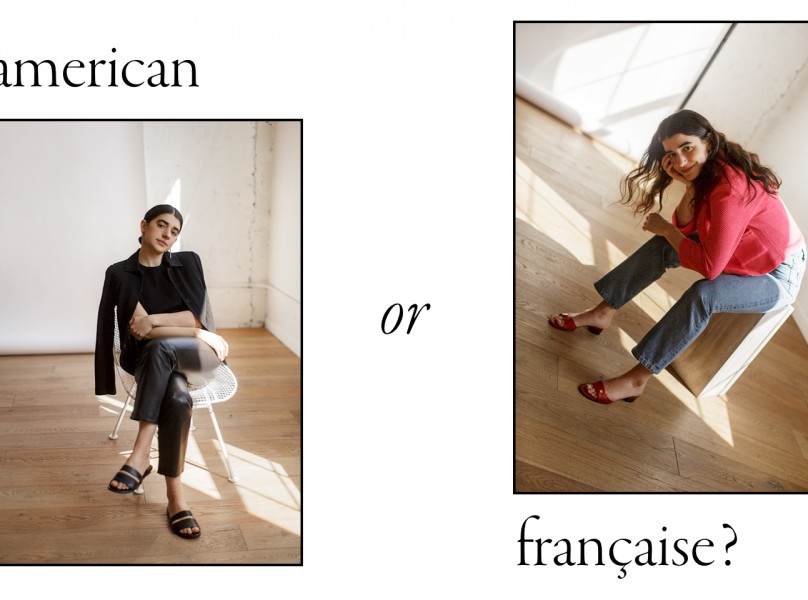

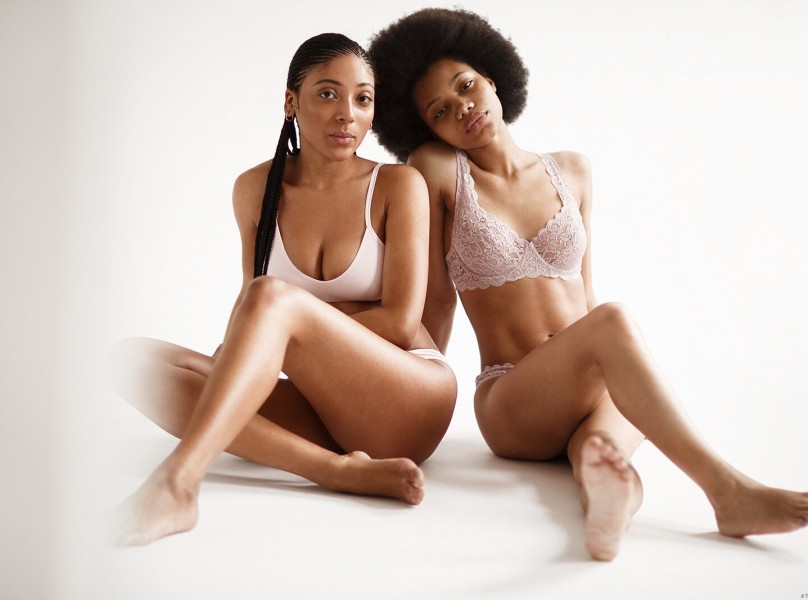
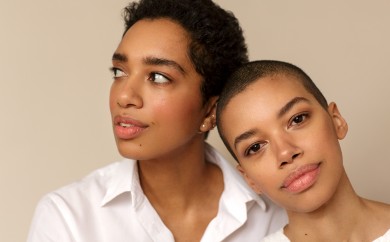
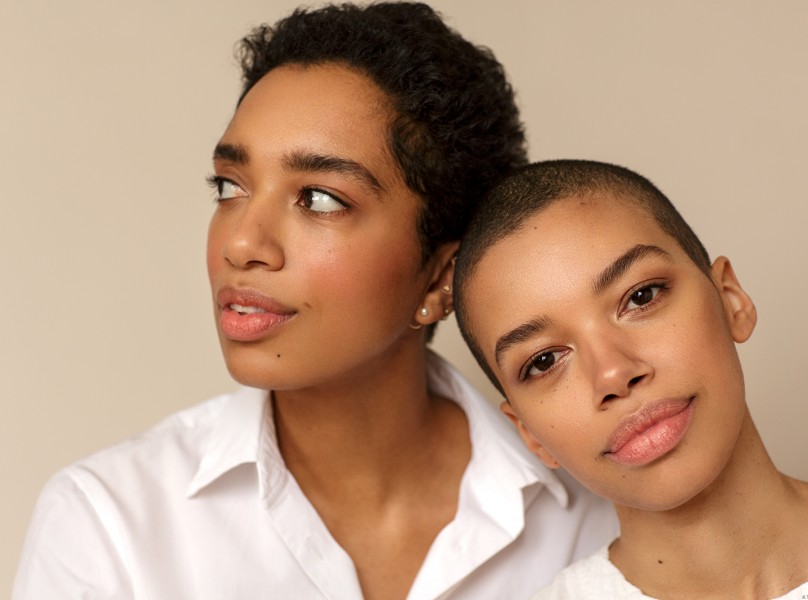


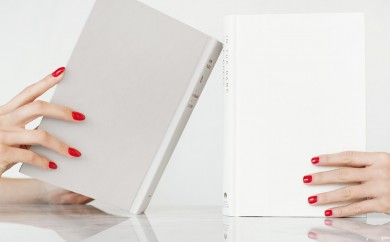
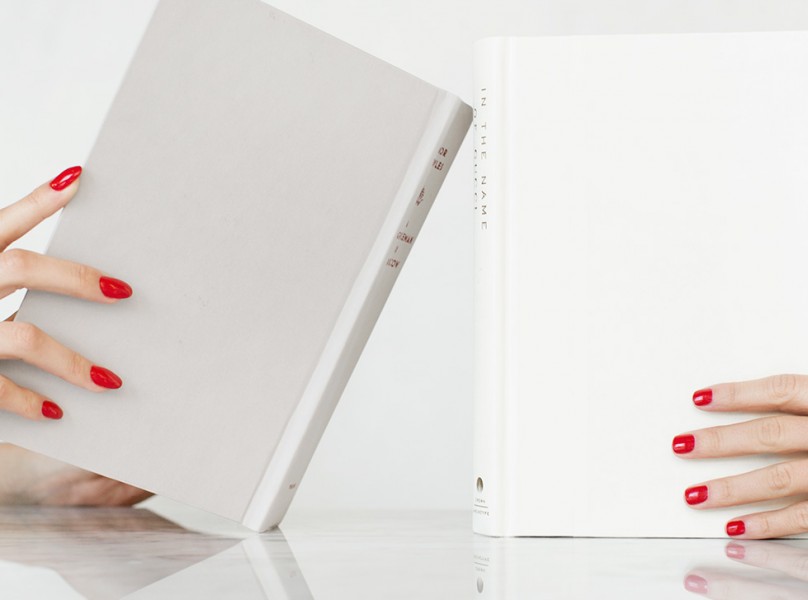




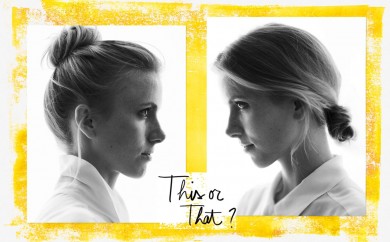
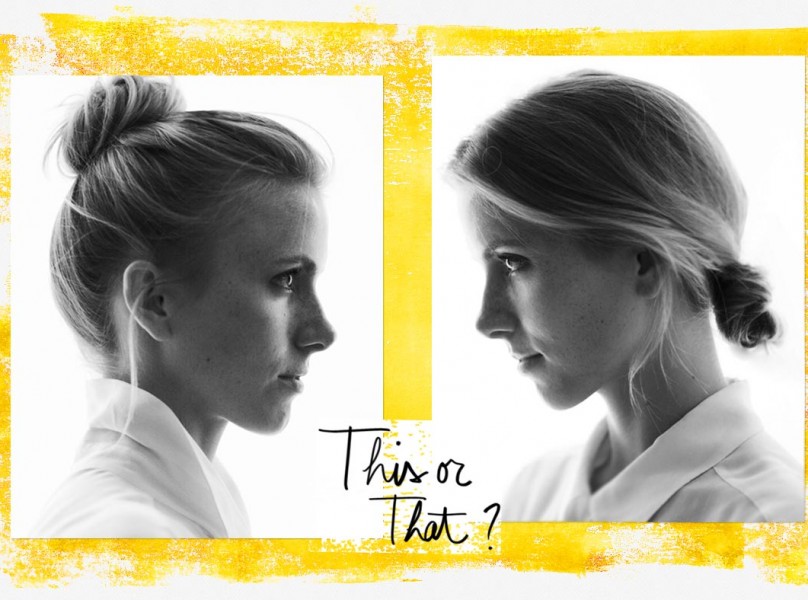

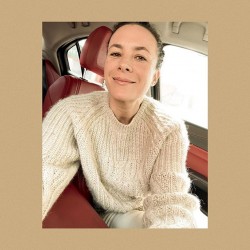
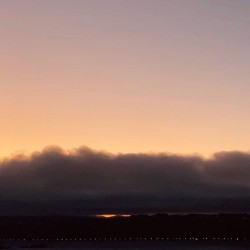
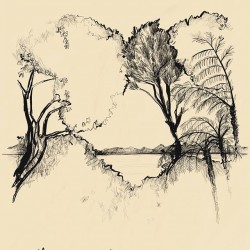



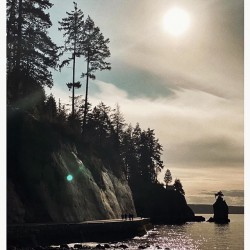
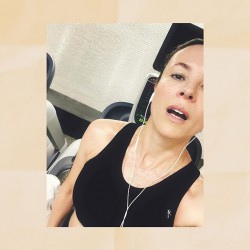
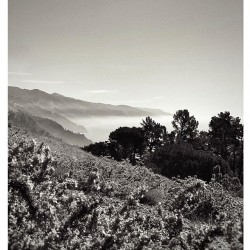
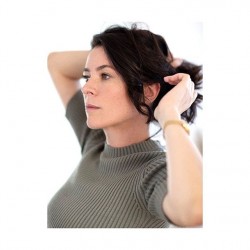
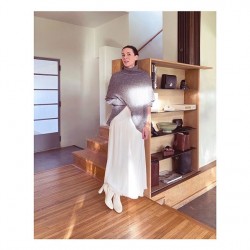
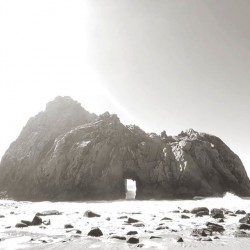


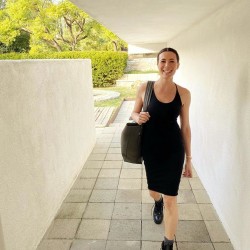
Wow! This is an amazing story! Very inspiring to hear all about it and so glad you shared! I am in awe! THANK YOU!
Such a cool story! And happy to see Bogdana’s work again.
The first photo is SO BEAUTIFUL. The composition and colours… the best photo in the history of Dore!
Wow, this is such an incredible article! It is very extraordinary find woman interested about flying, usually some people rather choosing a glamurous hobby and flying seems like a lot of work, hahaha
Such a beautiful story. Glad you made his exciting change in your life!